It was 8:26am. I wolfed down my tasteless–yet surprisingly fluffy–omelet and ran upstairs to make sure I had followed orders correctly. Closed-toe shoes…check. Passport…check. Camera, note pad, yogurt-covered raisins…check.
At 8:45am, in front of the Ukraine Hotel, at the heart of Kiev’s Independence Square, Catherine and I registered our names, paid our fees, and hopped into the back seat of a cushy, air-conditioned 15-passenger van. Sergei, one of the trip coordinators, poked his head through the main door to explain a few things before we left–that the trip would take 2 hours. That, in the van, we would watch a full-length documentary about Chernobyl. That the documentary was “90% OK” because it was made in America. We were also told to stomp our feet when reentering the vehicle as to minimize the amount of radioactive dust accumulation. And finally, Sergei playfully warned us that our guide within the exclusion zone was “working for the government, so don’t expect too much.”
The documentary was informative yet at times felt a bit too end-of-the-world. Here is what I learned: on 26 April, 1986, after a late night experiment, reactor #4 of the Chernobyl Nuclear Power Plant exploded. Less than 24 hours later, winds had already carried radioactive fallout–400 times more than Hiroshima–as far as Stockholm, over 1000km away. That first day, the only fatalities were two firefighters that tried to put out a “strange fire” with water. They, as well as everyone at the time, had no idea how to handle the situation. One of the main takeaways from the documentary was that this lack of information, coupled with a secretive Soviet government, lead to massive amounts of unnecessary exposure.
I looked out the window. Springtime dandelions, birch tree forests, and clusters of wild chickens passed by under a cloudless sky. The documentary continued. I learned about Pripyat, a town that lies 3km away from the reactor. At the time of the explosion, 50,000 people lived in Pripyat, but it took days for them to evacuate. By that time radiation levels had altered the chemical composition of their blood. One man who survived the event confessed, “even today, 20 years later, I can still feel the taste of lead in my mouth.” Luckily, the only metallic taste I experienced that day was while chewing my felt-tip pen. A bad habit, indeed.
Today, 8 million people live in contaminated areas in Ukraine, Belarus and Russia. The war with the invisible enemy is certainly not at the level it once was, but because no official study has ever been put together, it’s hard to say how many atomic refugees there are.
At the border of the outer exclusion zone, our van stopped, and we passed our passports outside for registration. 10 minutes later, we pulled into an administrative building in the city of Chernobyl, about 15km away from the reactor. Our guide, Yurev, introduced himself and led us upstairs where he explained the geography of the exclusion zone. A member of our group was asked to read aloud the dos and don’ts of the day. It is prohibited to “drink liquors or take drugs,” “have meal and smoke in the open air,” and “carry any kind of weapon.” I think I could manage that.
On the drive towards the reactor, we stopped for last-minute snacks, and for a few of the more adventurous group members, local brewskies for the van. We piled periodically out of the van to take pictures and learn more about the geographic layout of the facility.
Quick anecdote: one of the group members, a witty British comedian who brought brevity to a place that certainly needs it, asked our guide why we weren’t allowed to take pictures of the main administrative building on the way to the reactor. The dialog was as follows.
Guide: Do not take pictures toward the building.
Comedian: Why can’t we take pictures of the building?
Guide: Safety.
Comedian: Safety?
Guide: Safety for you.
Folks, it doesn’t get any more Soviet than that.
Eventually we reached the reactor.
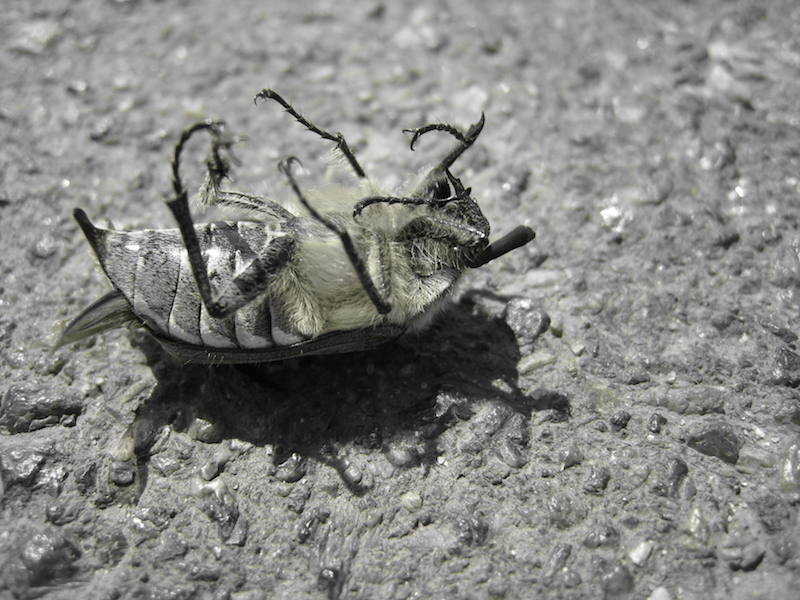
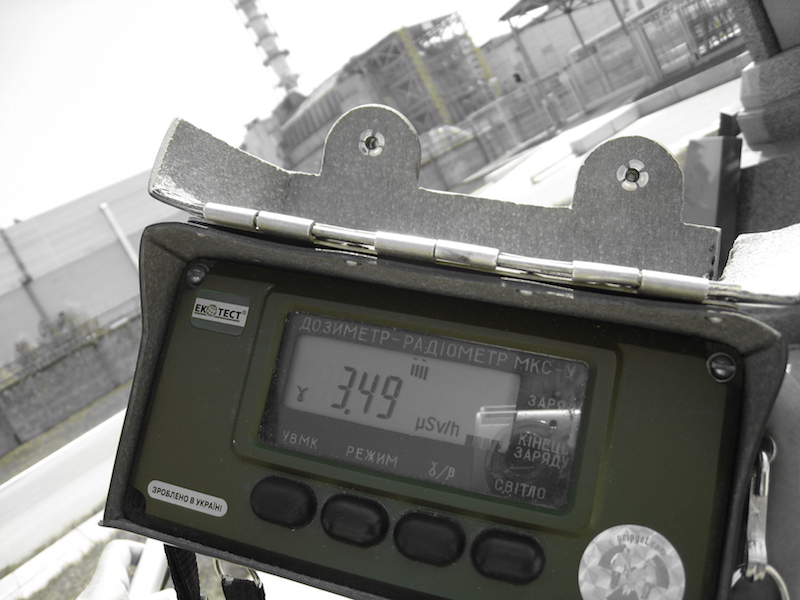
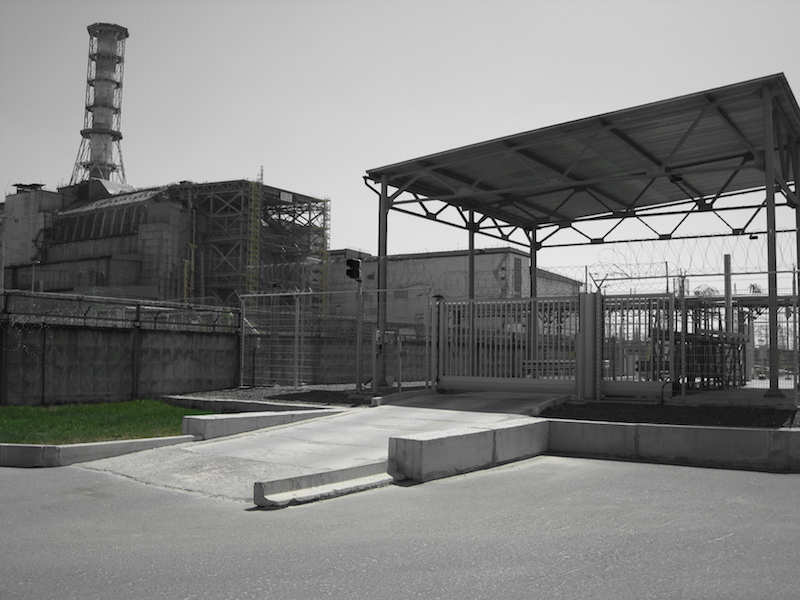
At one point, I stepped a few meters in front of the group to get a closer shot. Uniformed men hustled out of the above-pictured gate, pointed, and said something along the lines of “RussianRussianRussian…photographskie…RussianRussianRussian.” I turned around, walked back towards the group, and then our guide ushered us back into the van.
We then drove to Pripyat, the ghost town mentioned in the documentary.
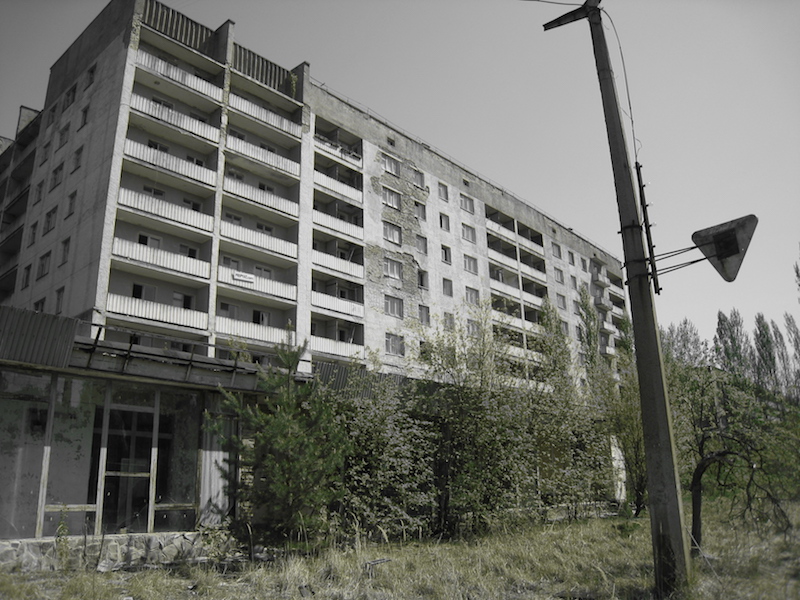
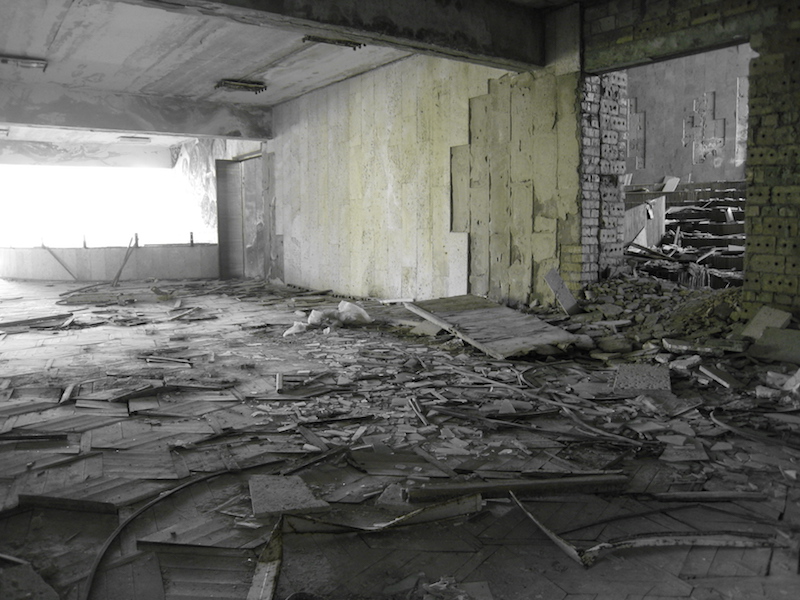
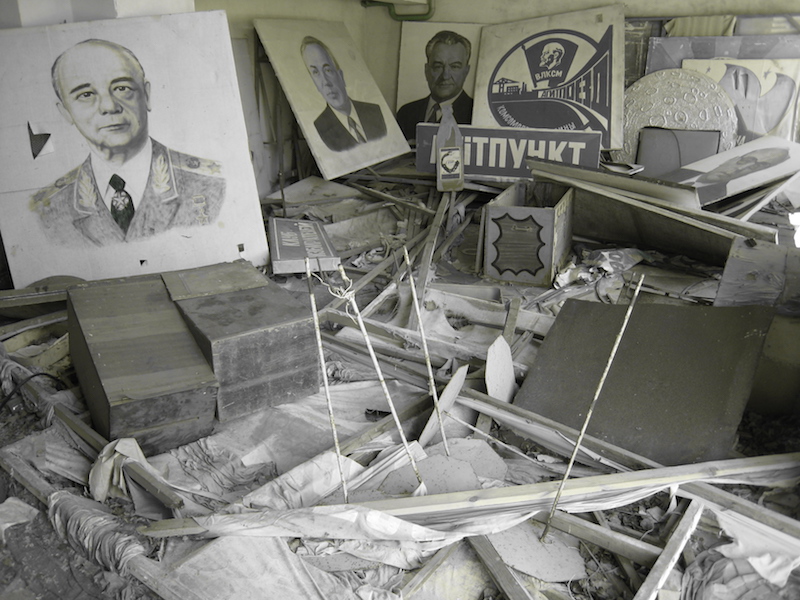
One of the most eerie places in Pripyat is the playground. See the manhole in the foreground? Radiation levels measure 1,000 times higher over the contaminated asphalt.

We then went inside Pripyat’s school.
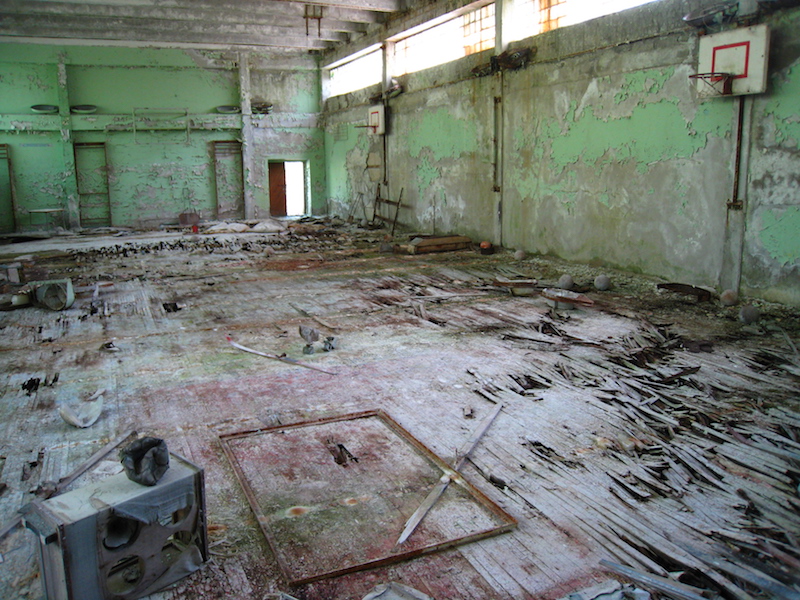
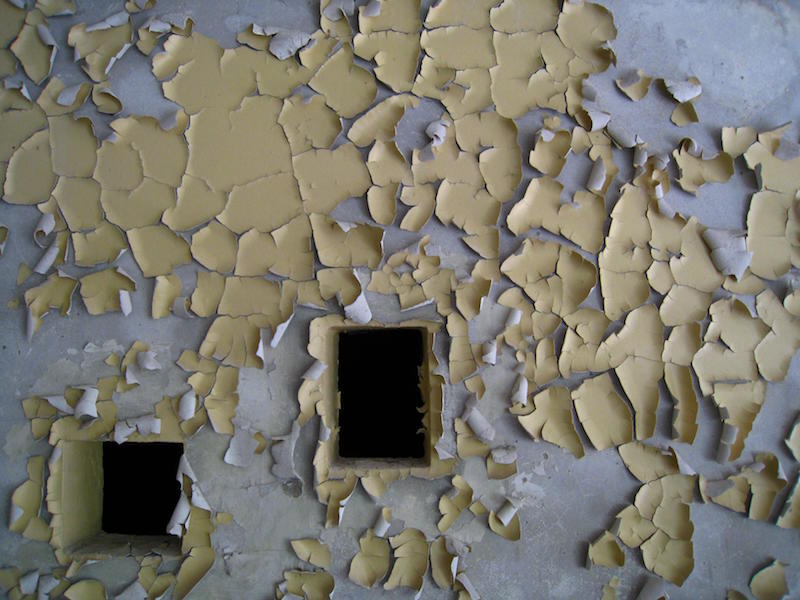
As emotional and creepy that Pripyat’s buildings can be, many of the scenes felt set up. A lone shoe on the amusement park bench. A perfectly positioned book against the backdrop of a dilapidated wall. These are the kinds of things that tend to happen, I guess, with the evolution of tourism. Alas, I took advantage and snapped a few shots myself.
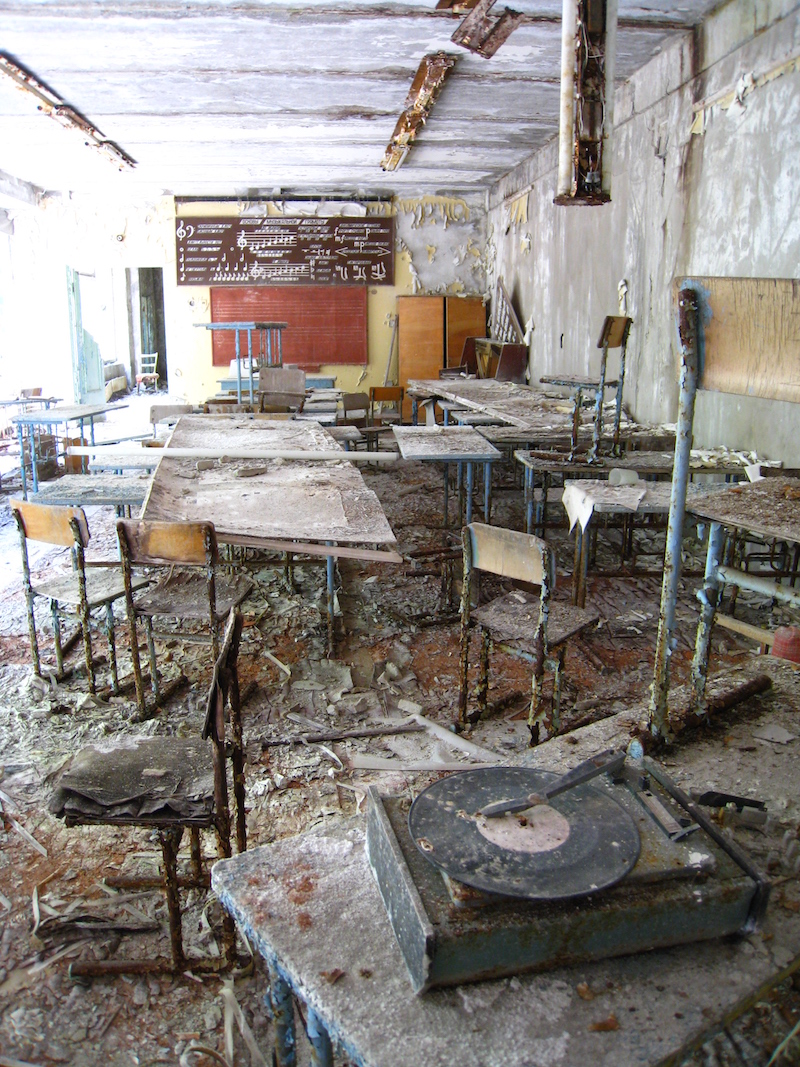
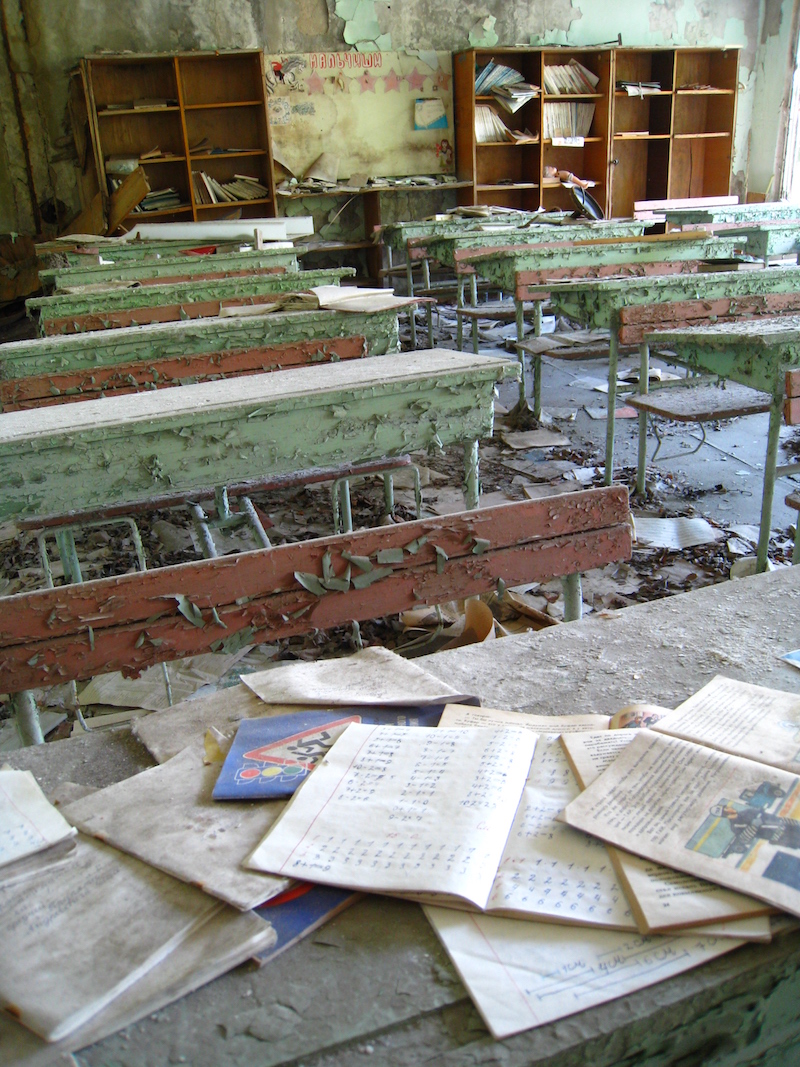
The tour ended, and we drove back to Kiev. A few of us got together for afternoon drinks in Independence Square, which turned into a pleasurably raucous evening of drinks, dinner, and travel conversation. There was Catherine and myself, then Shields, a South Carolina native who currently lives in Afghanistan, Dave, a British engineer/mountaineer from Wales, and Dom, the British journalist/TV personality/writer. Dom is currently writing a book on dark tourism–visiting places like Cambodia, Chernobyl and Rwanda. Looking forward to its completion!
So was the camera set to black and white, or is it really that dark? Crazy photos of a crazy place!
I was excited for this post the second I read that it was coming. Those photos are awesome!
I would love to visit that area sometime. Visiting Pripyat looks like it was a great experience. Kind of eerie.
Cool post I will be sharing this with my Twitter followers.
@Dan I was using my Canon Powershot SD870IS for these photos, alternating between the regular Automatic setting and a Color Accent setting. Ironically, the Color Accent setting pulled much of the colors out of the photos, which, I think, gave Chernobyl the eerie atmosphere it deserves! If you type “Pripyat HDR” in Flickr, you’ll see the kind of shots I wish I could take.
@Nate Thanks Nate! I highly recommend a trip to Eastern Europe, especially Kiev, when you get the chance. Glad you enjoyed the post!
Enjoyed this facsinating experience in Pripyat, Alan. With your hilarious commentary and terrific sense of prose I feel as though I need a radioactive bath.
I don’t regularly comment but I wanted you to know how much I enjoy your travels with you. Thanks for the time and effort you put into all this.
See you later this month, I hope!!
Dude, awesome post. This is exactly what I was hoping for. Great, great stuff. The photos are fantastic, I feel like you really captured Chernobyl. I particularly like the Soviet “safety concerns” and the dialogue with the guide. Has there been any more fun stuff like that?
Finally got to reading this. So good man. You’ve got it together….keep posting!
Those uniformed men that warned you away from the front gate… Were they wearing any kind of protective gear? If not, what do you reckon would be the reason why you couldn’t get any closer?
I’m from Russia. I was already living in the States when this hapened, but a few of my dad’s friends who were doctors sacrificed their lives and went to help the victims knowing that they will become infected as well. But they felt it was their duty and goal in life. It was soooooooo sad and such a blow to everyone!!!
I have never seen these types of pictures before.
Alan,
A grim post, albeit a good one! My fave photo is that ferris wheel shot and the peeling wall. So…do you think a pregnant woman is safe to travel here?
By the way, are you travelling to these places because of your job?